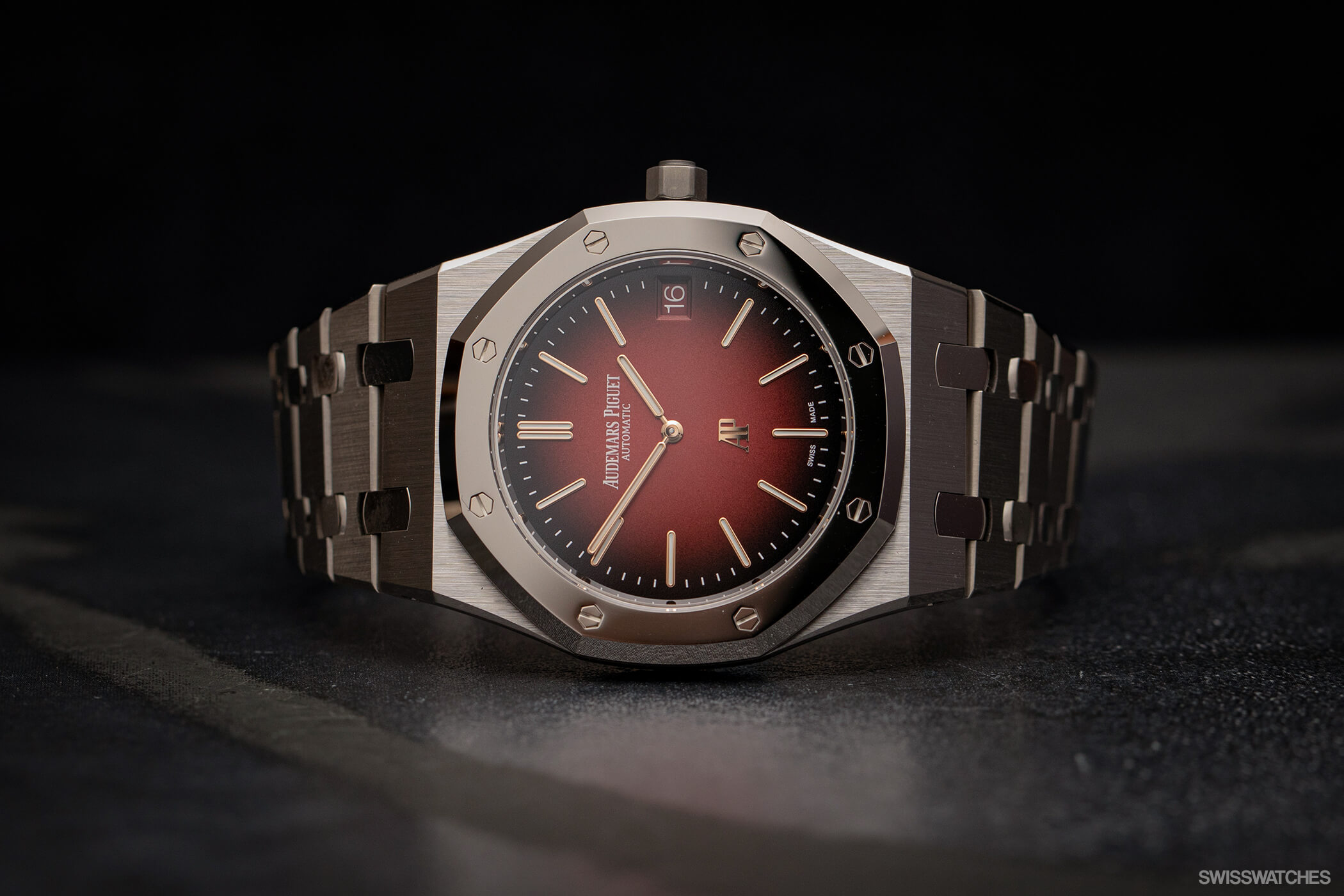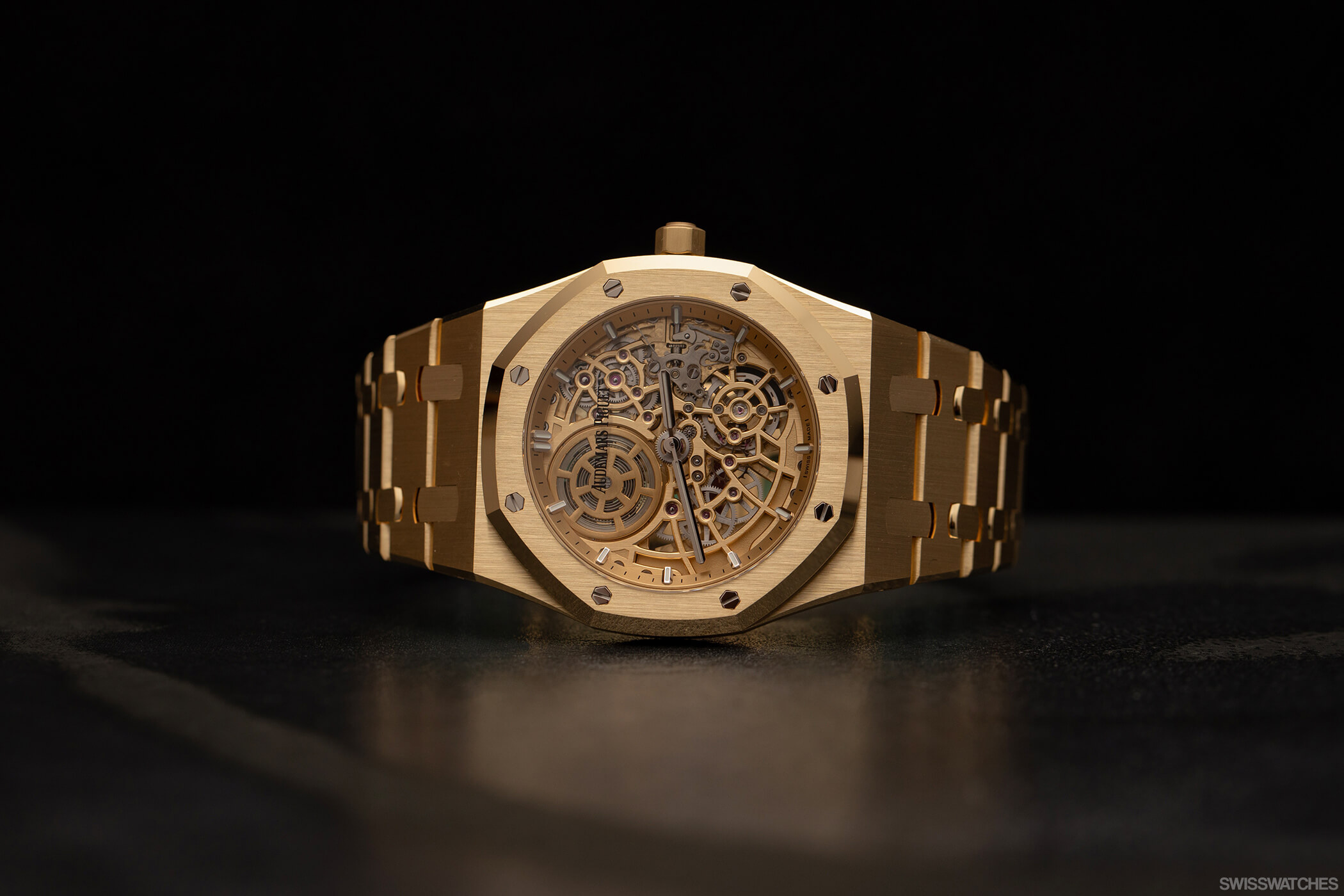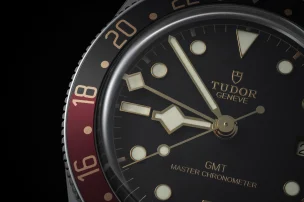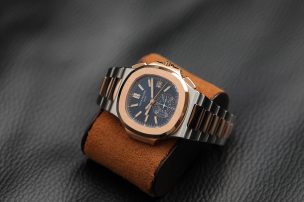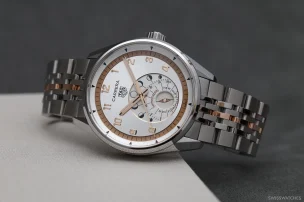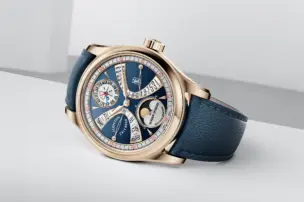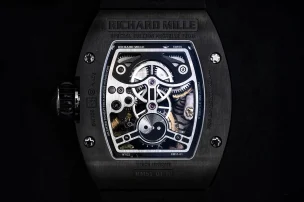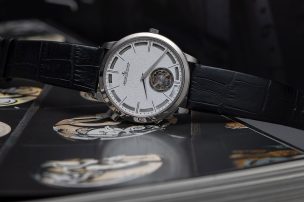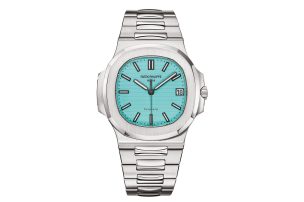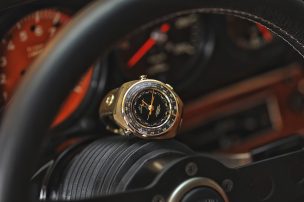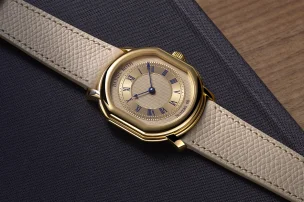

Vacheron Constantin 222, Audemars Piguet Royal Oak, Patek Philippe Nautilus: Comparing Three Horological Icons
Why not start the watchmaking year with a bang? This seems to have been the thinking at Vacheron Constantin, which launched the steel version of the Historiques 222 a good three years ago following the premiere of the yellow-gold 222, which already confirmed the desirability of this high-end sports watch with integrated bracelet once and for all. But why didn’t it appear sooner? This is no doubt the question on many watch enthusiasts’ lips, as the demand for steel watches in this category has been known to be massive for some time – making Vacheron Constantin one of the last to join the party. Audemars Piguet built up a billion-dollar business around the superstar appeal of the steel Royal Oak ‘Jumbo’ over the years, while on the other hand, Patek Philippe already removed the steel Nautilus 5711 from its collection.
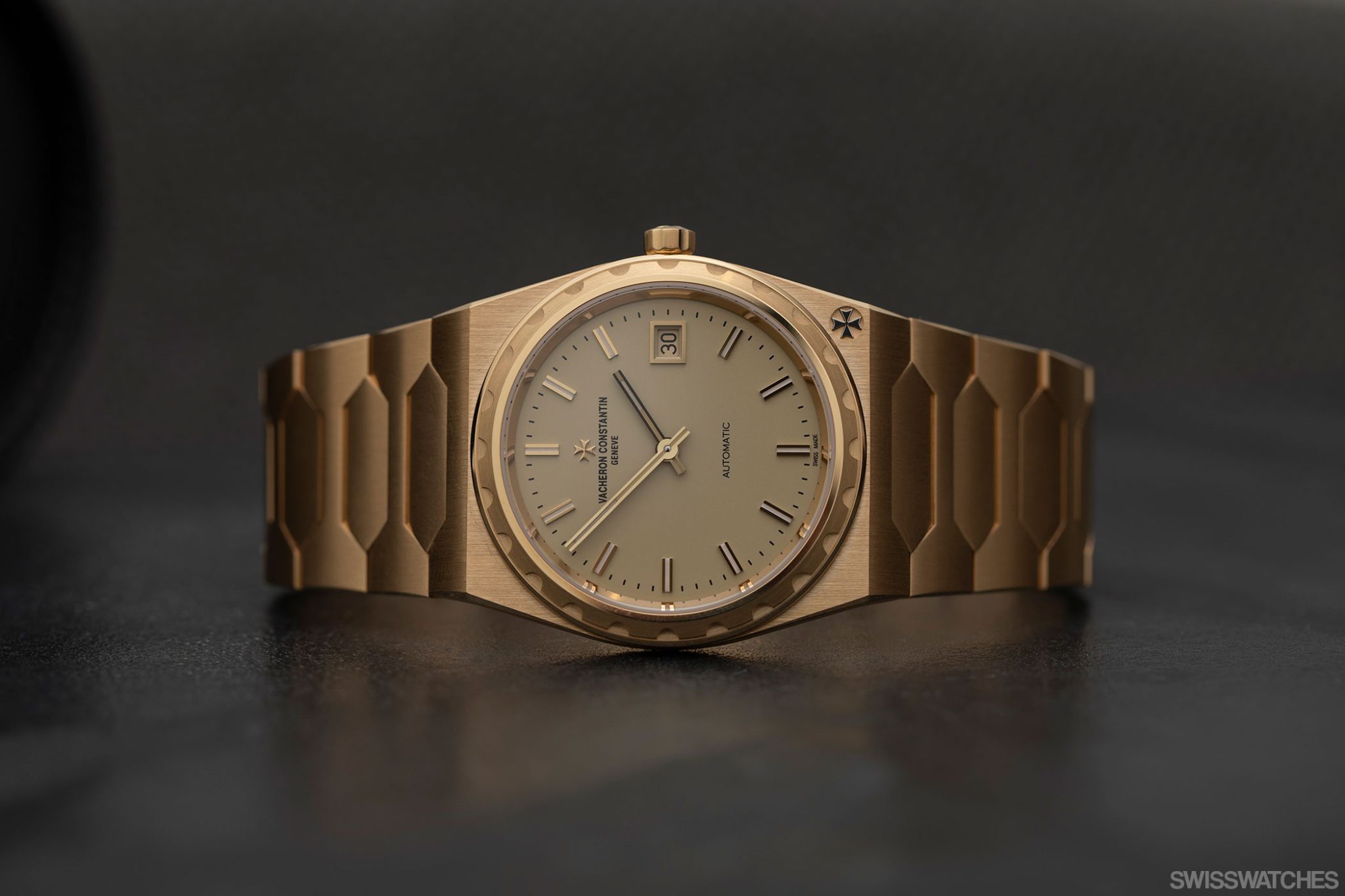
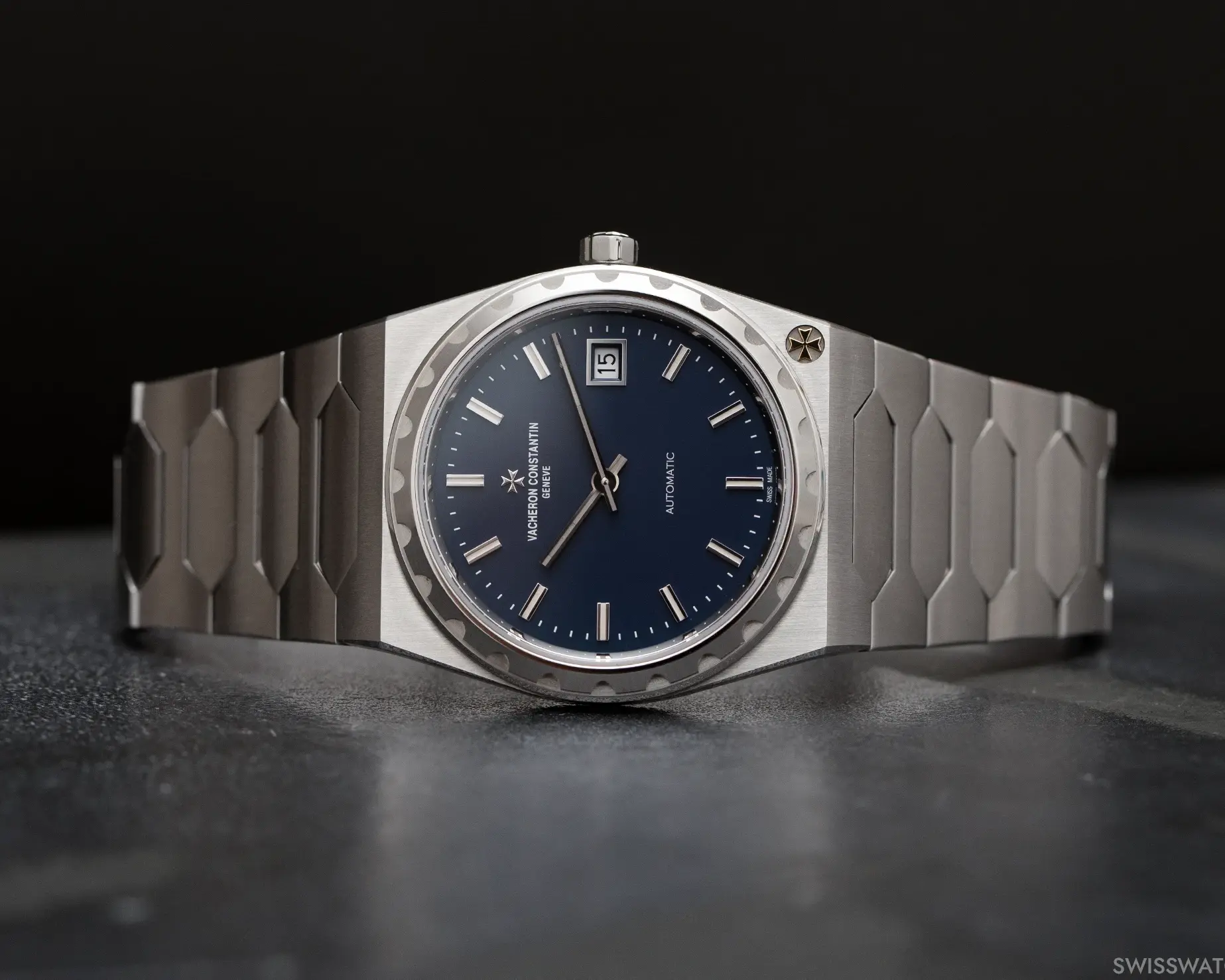
Either way, the watch world now has plenty to discuss: which of this trio can provide the best, most beautiful, or most impressive offering? Is it even possible to pass a rational judgement? Does a connoisseur need all three? What is purely hype, and what is genuinely good from an objective point of view? When it comes to these three watches, observers automatically move into spheres that know no winners or losers, but where personal style, associations, emotions and nuances are the deciding factors. Everyone will inevitably come to a slightly different conclusion – but it always helps to look at the three timepieces from as many different angles as possible.
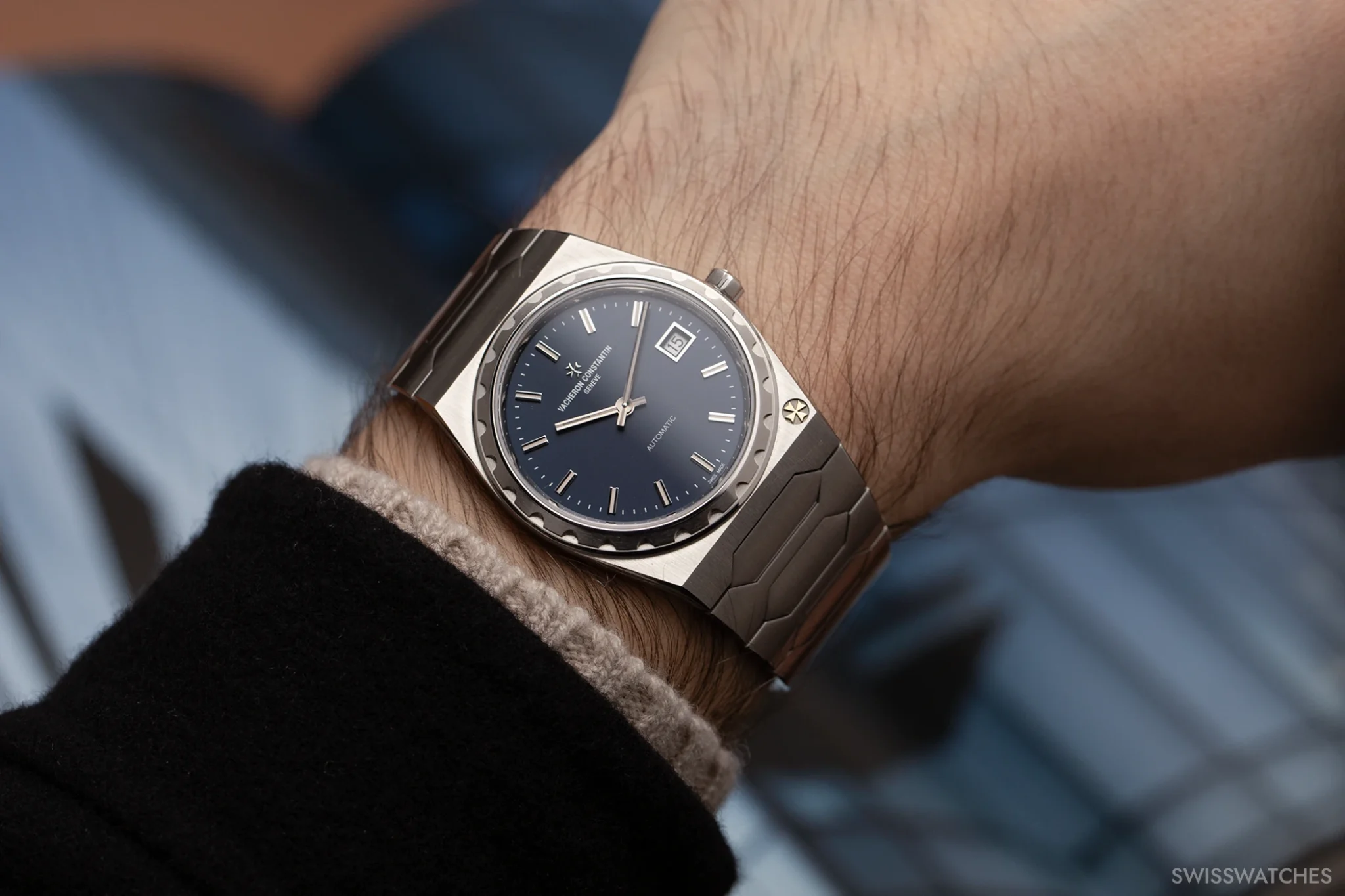
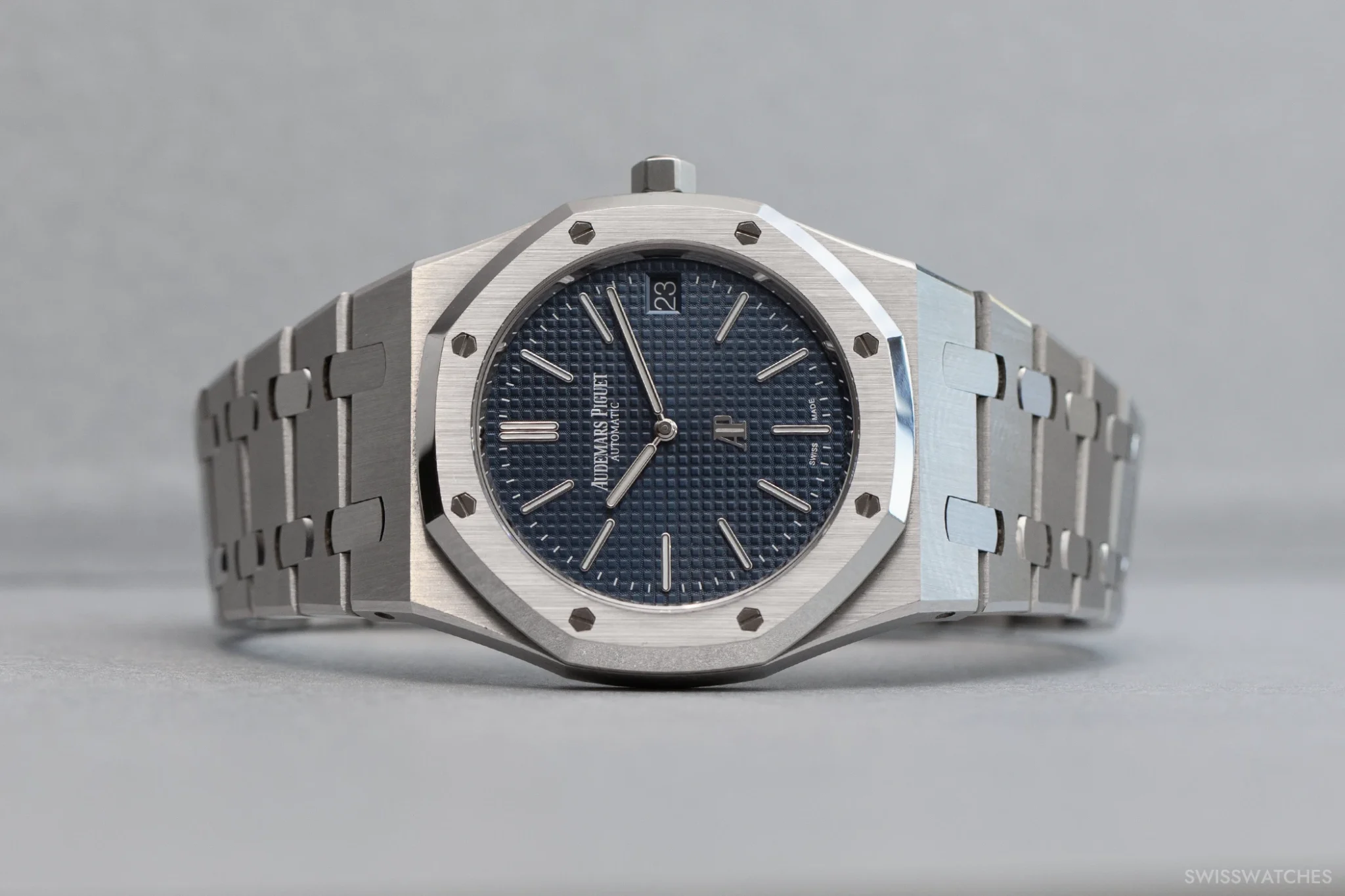
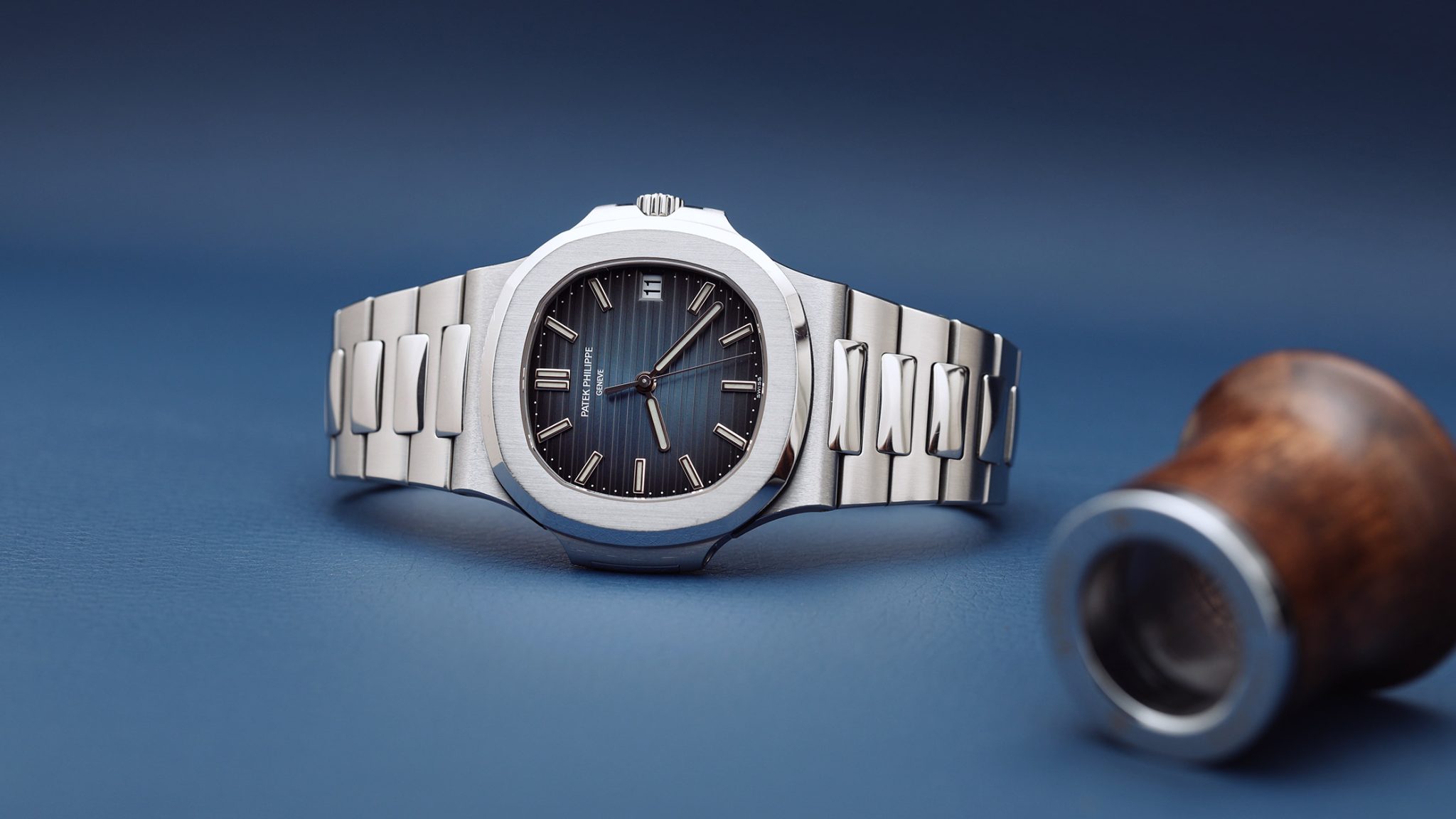
The Vacheron Constantin Historiques 222
One thing is for sure: the Historiques 222 is the outsider in this trio. After all, its designer is not the work of the renowned Gérald Genta – not that we’re judging that fact. Thus, while Nautilus and Royal Oak fans can argue forever about where the gifted Genta has achieved the greater success, the 222 faction can sit back and relax, not to mention prove that other designers also create excellent products.
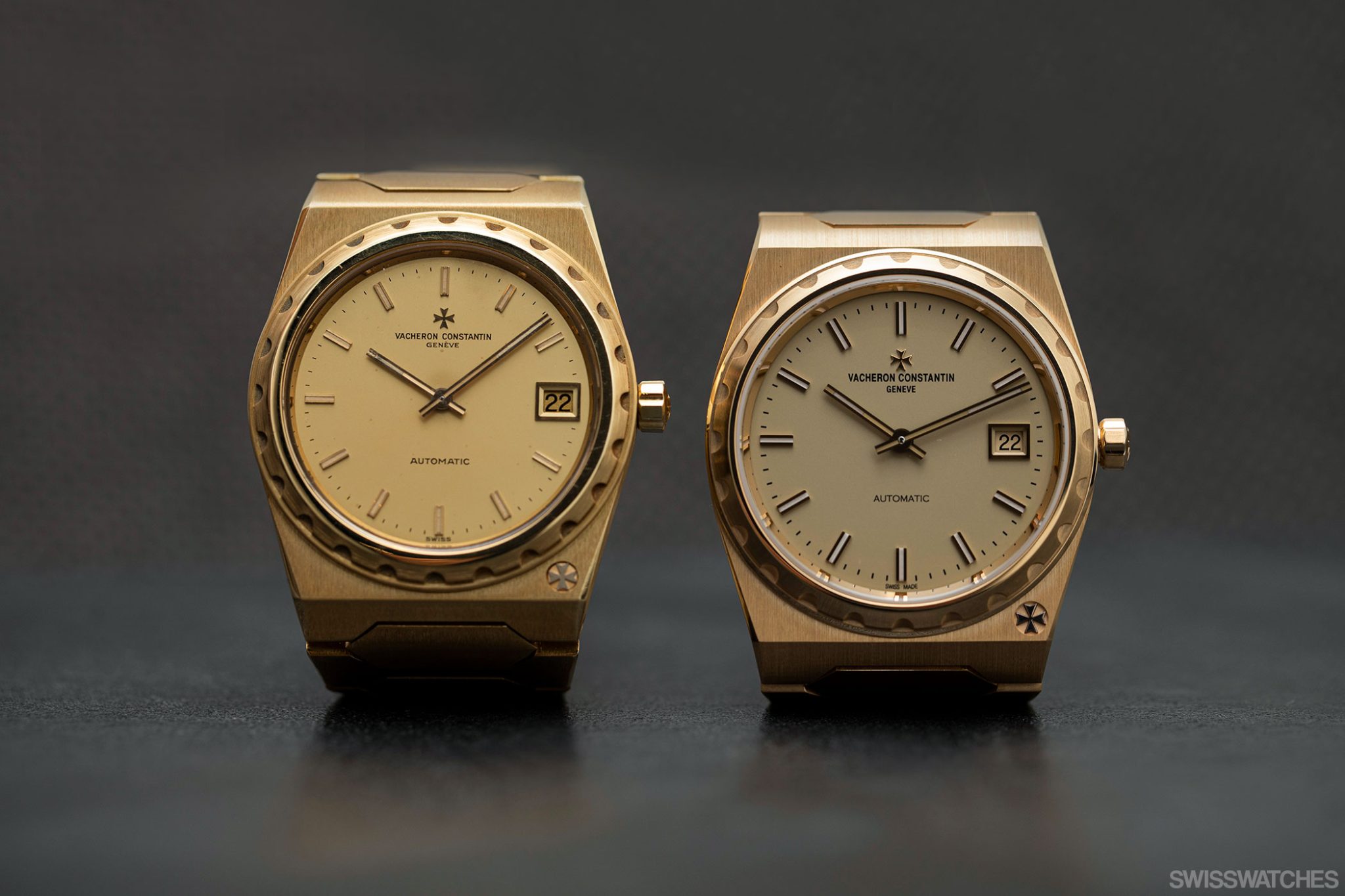
The 222, which is now part of the Historiques collection, is based on a design by Jörg Hysek from 1977, when Vacheron Constantin launched it onto the market as a latecomer after Royal Oak (1972) and Nautilus (1976). The Ingenieur from IWC – another Genta offspring – also made it onto the market earlier, as did the Laureato from Girard-Perregaux. With its tonneau-shaped case, fluted bezel and integrated bracelet with hexagonal links, the 222 has an extremely unique look. The design is typical of the 1970s; compared to the Nautilus, it appears somewhat sharper and sportier from today’s perspective, while compared to the Royal Oak, a touch softer.
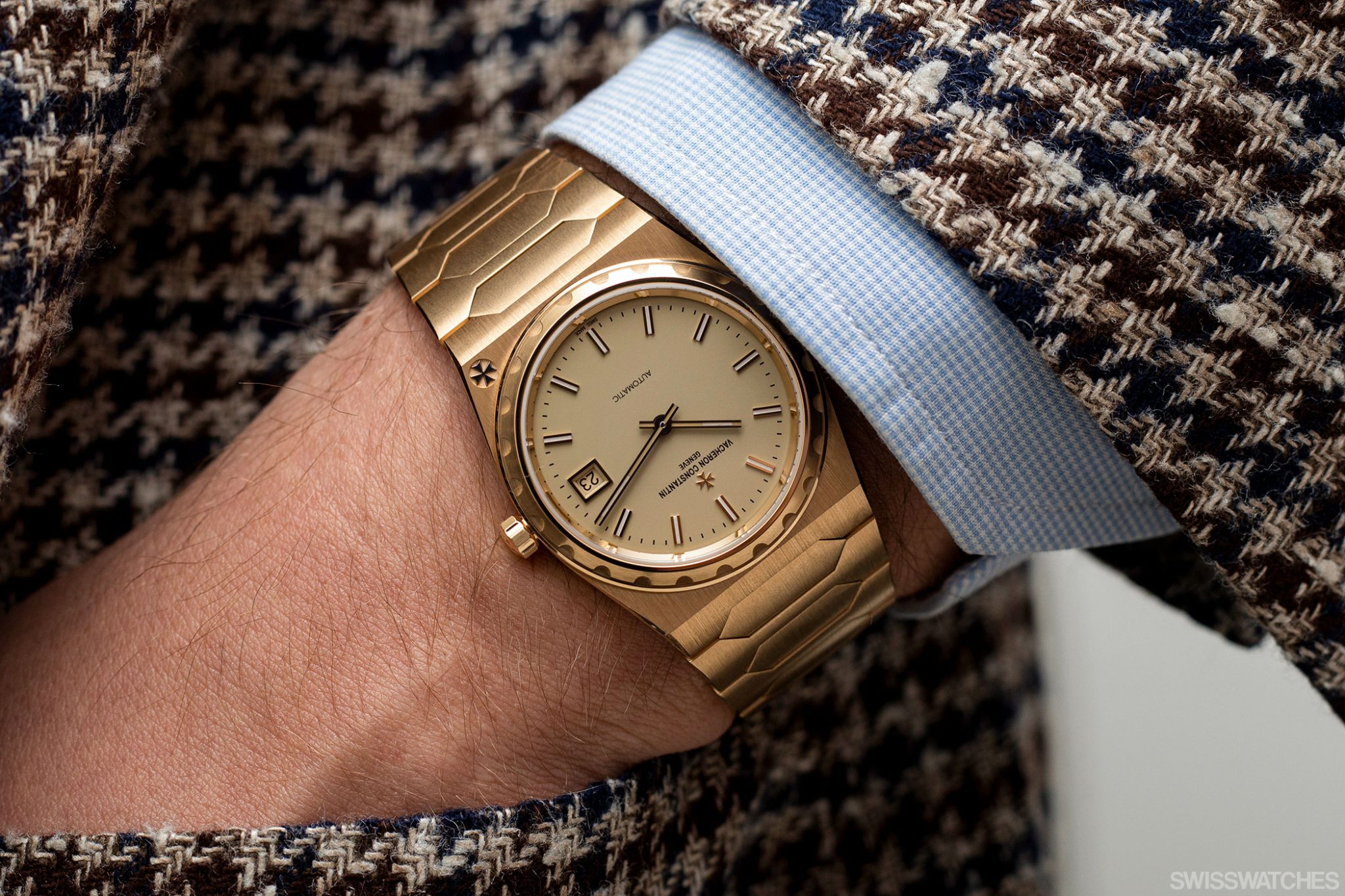
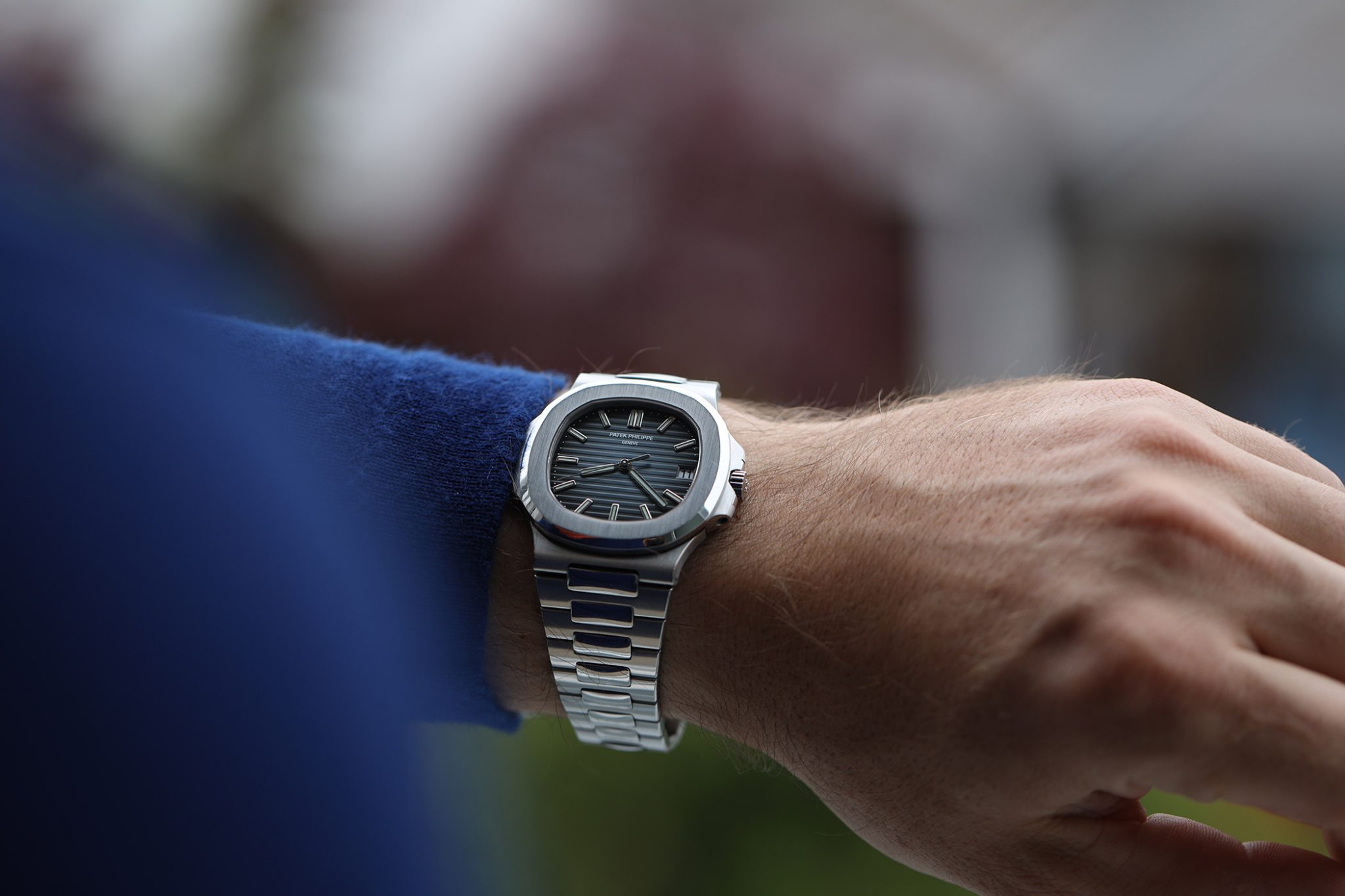
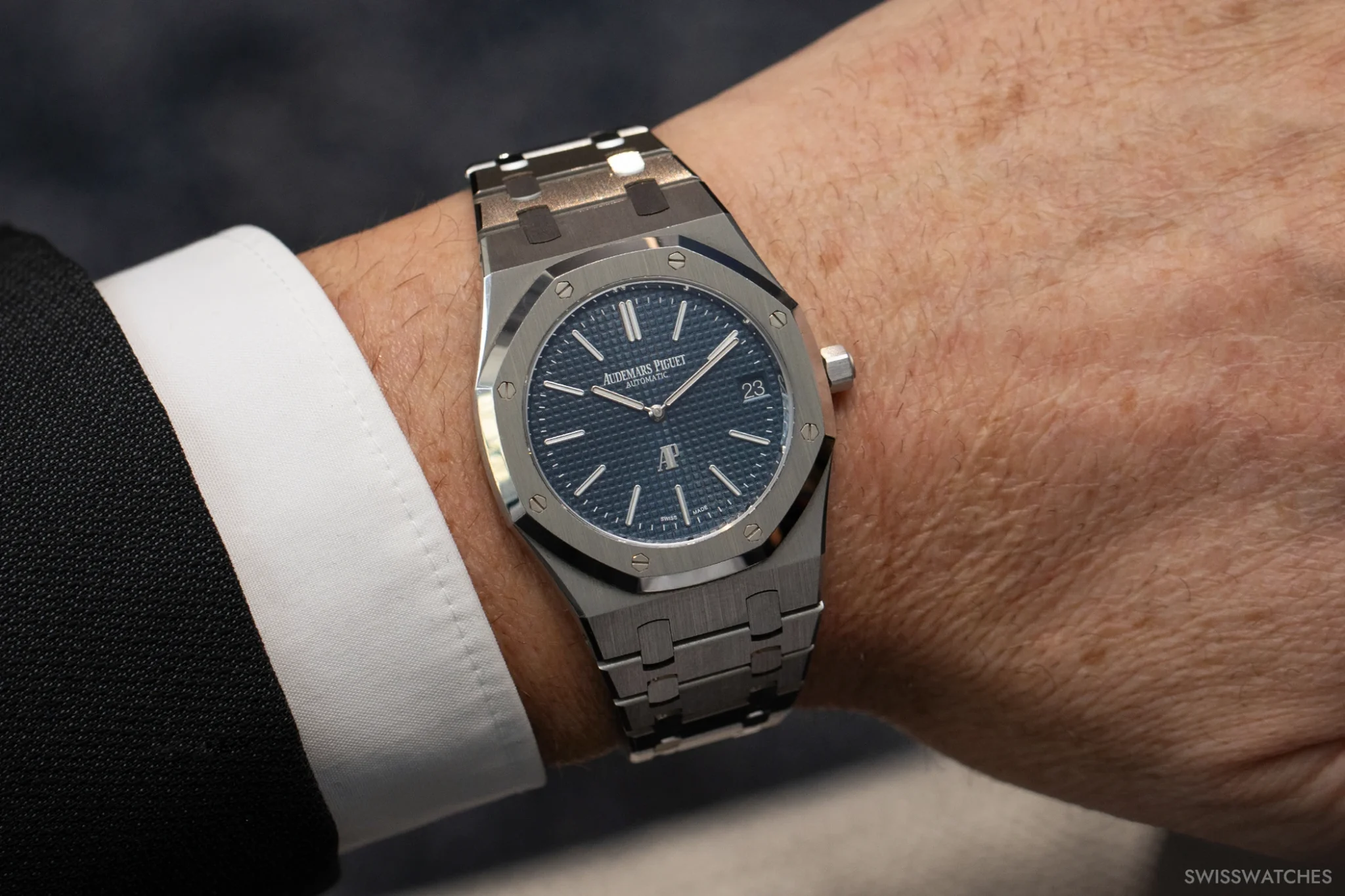
The steel version has adopted the dimensions of the yellow gold Historiques 222: 37 mm diameter, 7.95 mm height. This makes it very comfortable to wear, even on more delicate wrists, and the predominantly brushed steel gives it an understated, functional aura. Only the edges have polished surfaces. The dark blue dial, with its matte appearance and lack of any embellishments, is also a perfect match – quite unlike the dial of the blue Vacheron Constantin Overseas, for example, which features an alluring sunburst pattern. The Historiques therefore appears to be the understated option of this top-quality and very high-priced trio.
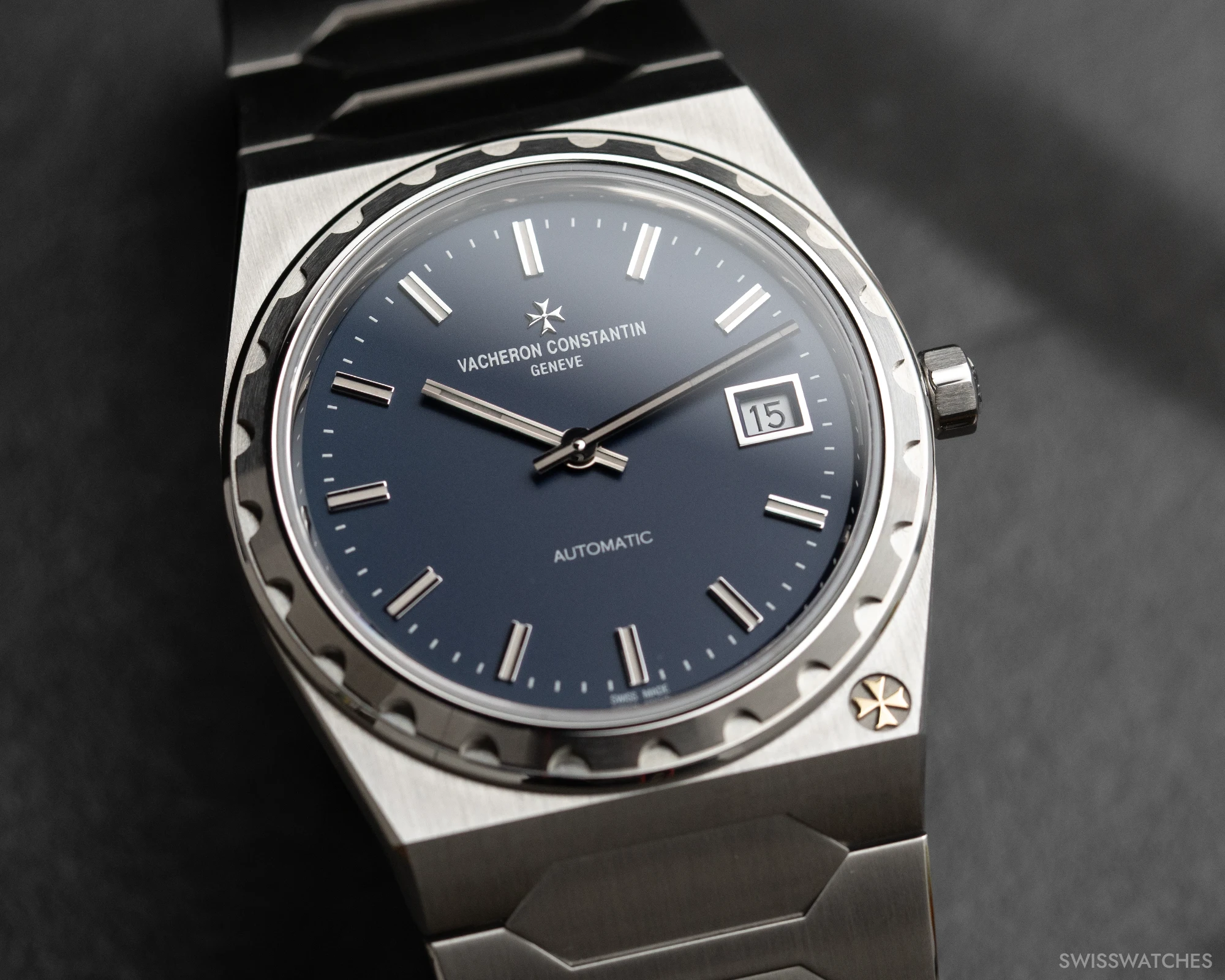
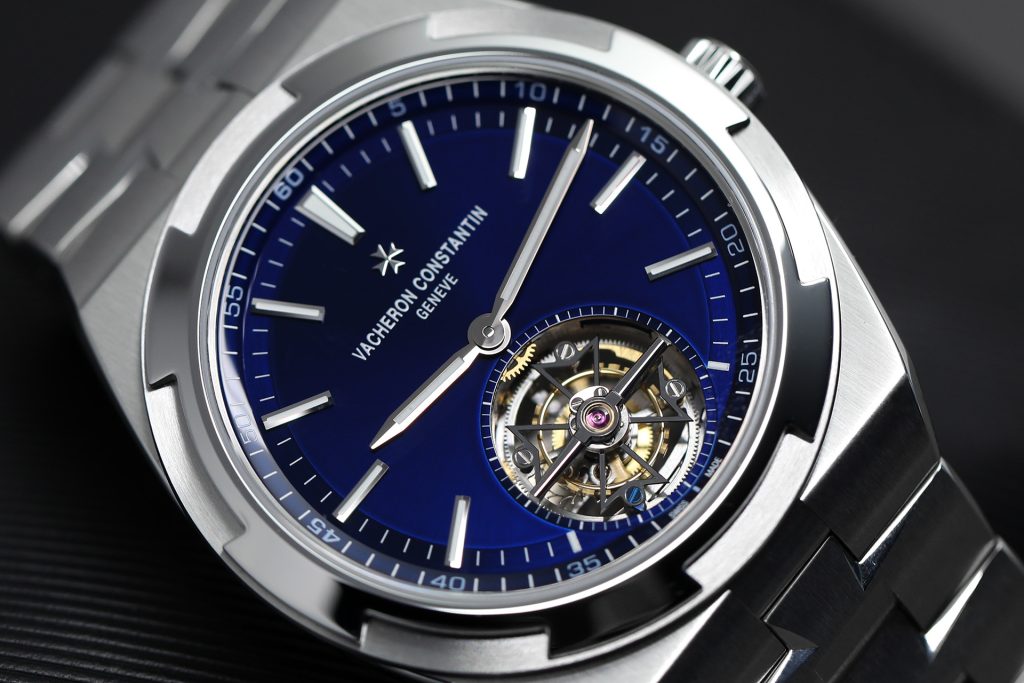
Just like the much more striking yellow gold version, the model is powered by the manufacture calibre 2455/2, made up of 194 individual parts. It has a power reserve of 40 hours, which is nothing to brag about these days. At the same time, the movement or even the power reserve in this category of watches is rarely the deciding factor in a purchase. Rather, the 222 has the advantage that it is the ‘newest’ in this exclusive club, and that it visually exudes the best balance of vintage aesthetics and contemporary, quiet luxury.
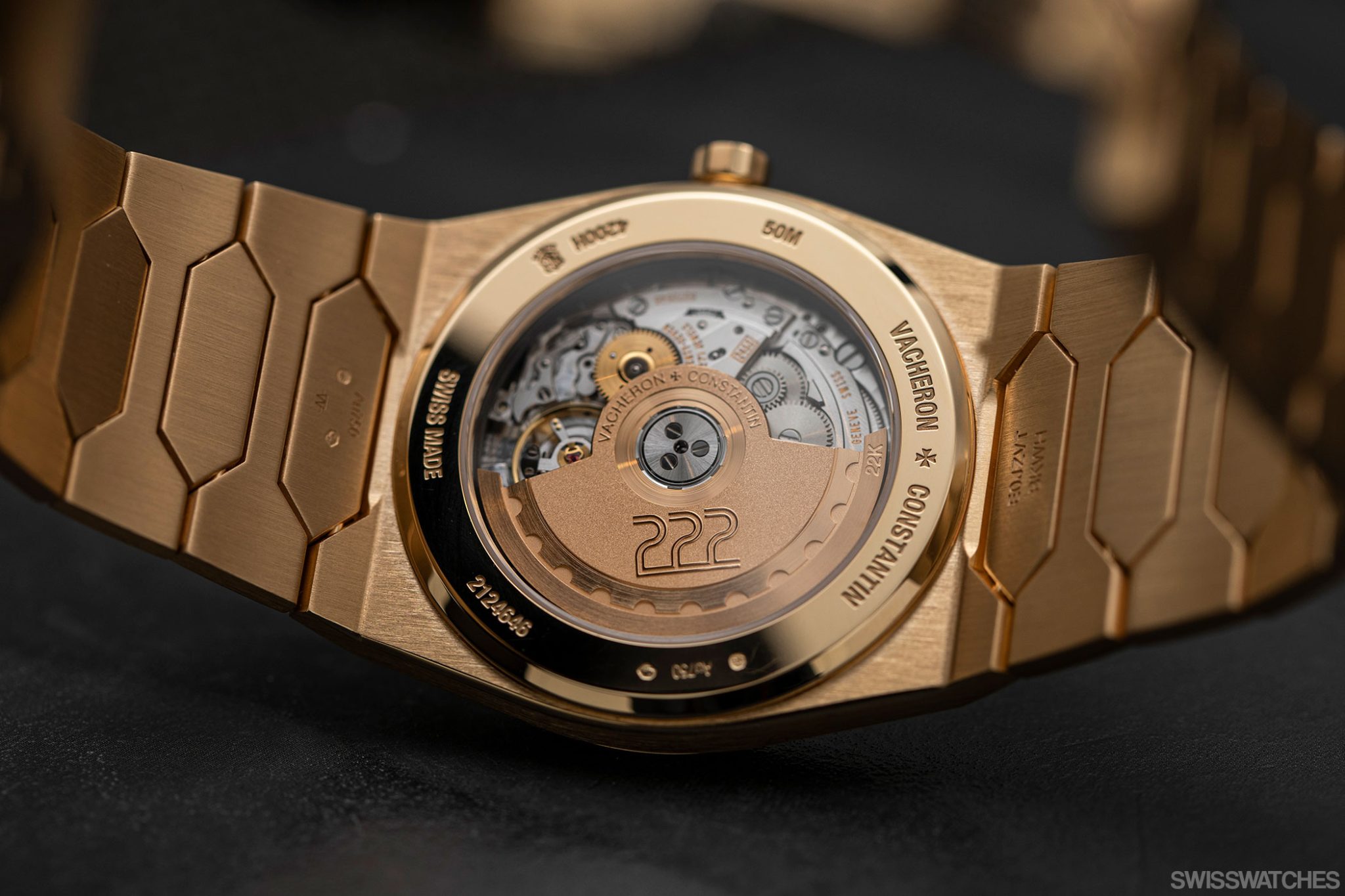
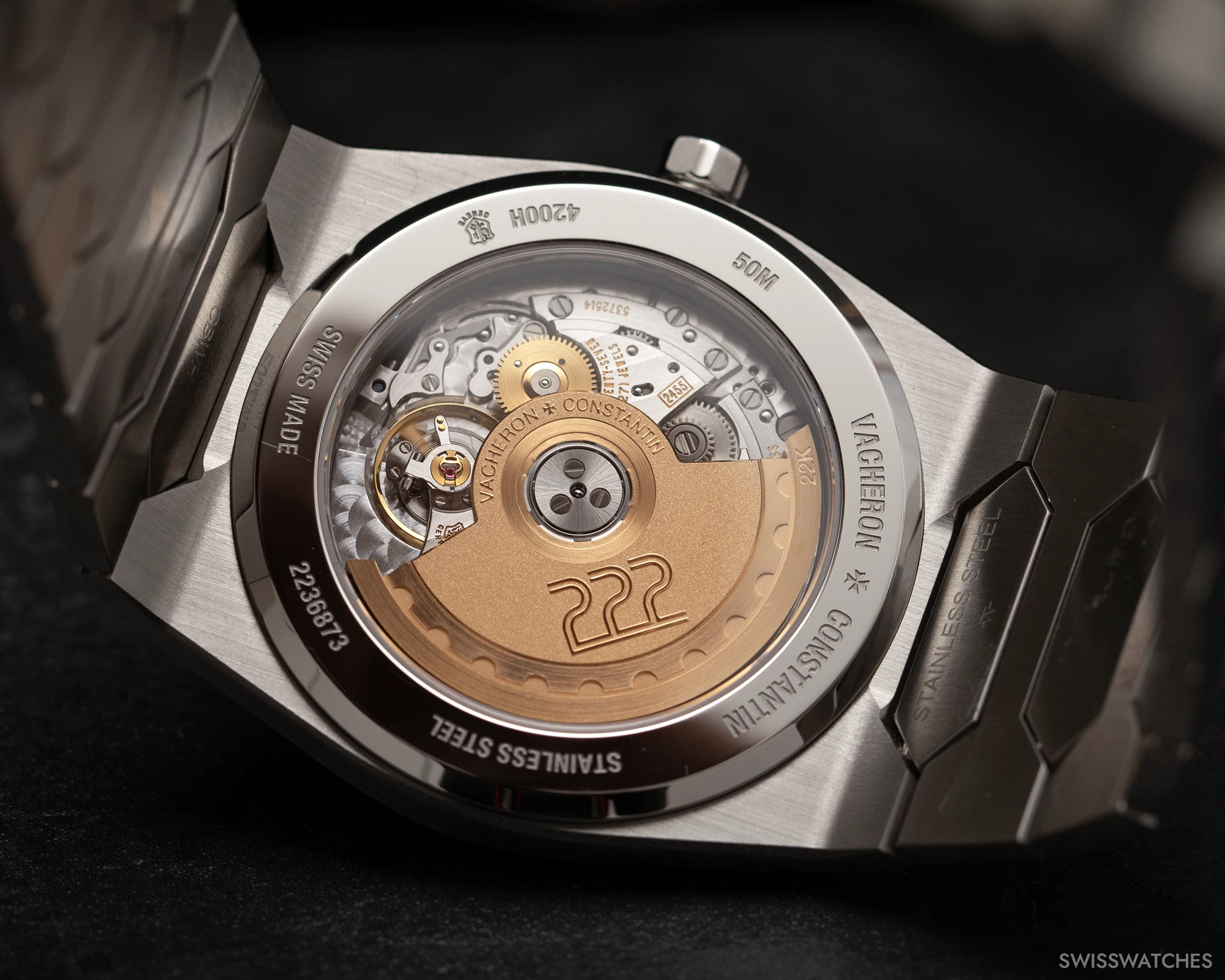
Audemars Piguet Royal Oak 16202ST
The Royal Oak is the queen of the sun in this cosmos of desires. It established the segment of high-end sports watches with its integrated bracelet, and continues to epitomise everything that Audemars Piguet stands for. The Royal Oak is, to a gigantic extent, Audemars Piguet. Its design is often seen as the perfect canvas for representing everything that is possible in watchmaking. There were, or are, Royal Oaks with tourbillons and striking mechanisms. They were – or are – made of steel and gold and platinum and ceramic. And, of course, there is the Offshore collection, for those who like it even bigger and sportier. But at the heart of it all: the classic three-hand watch, the extra-flat ‘Jumbo’, currently in the collection under reference 16202ST.
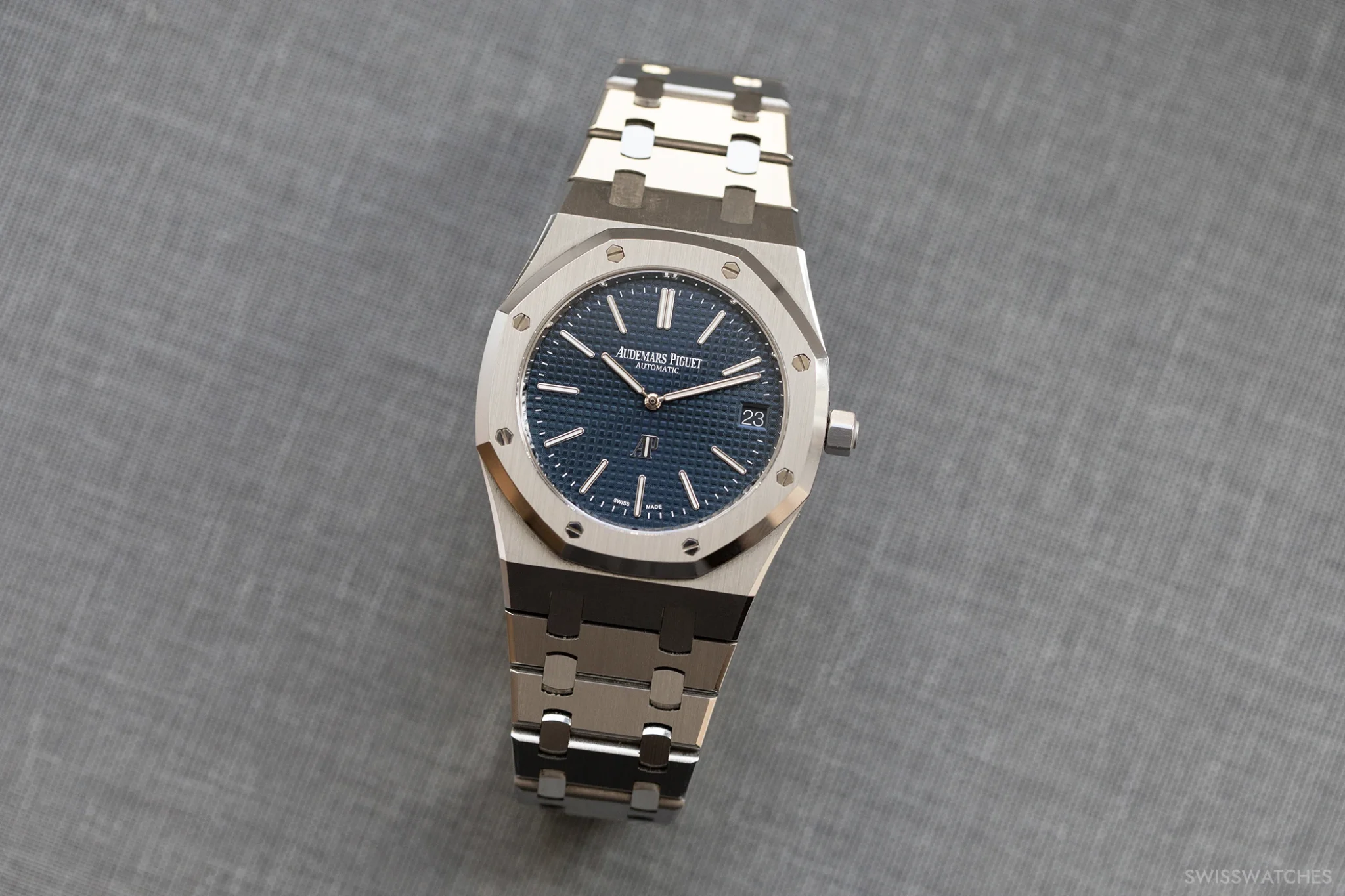
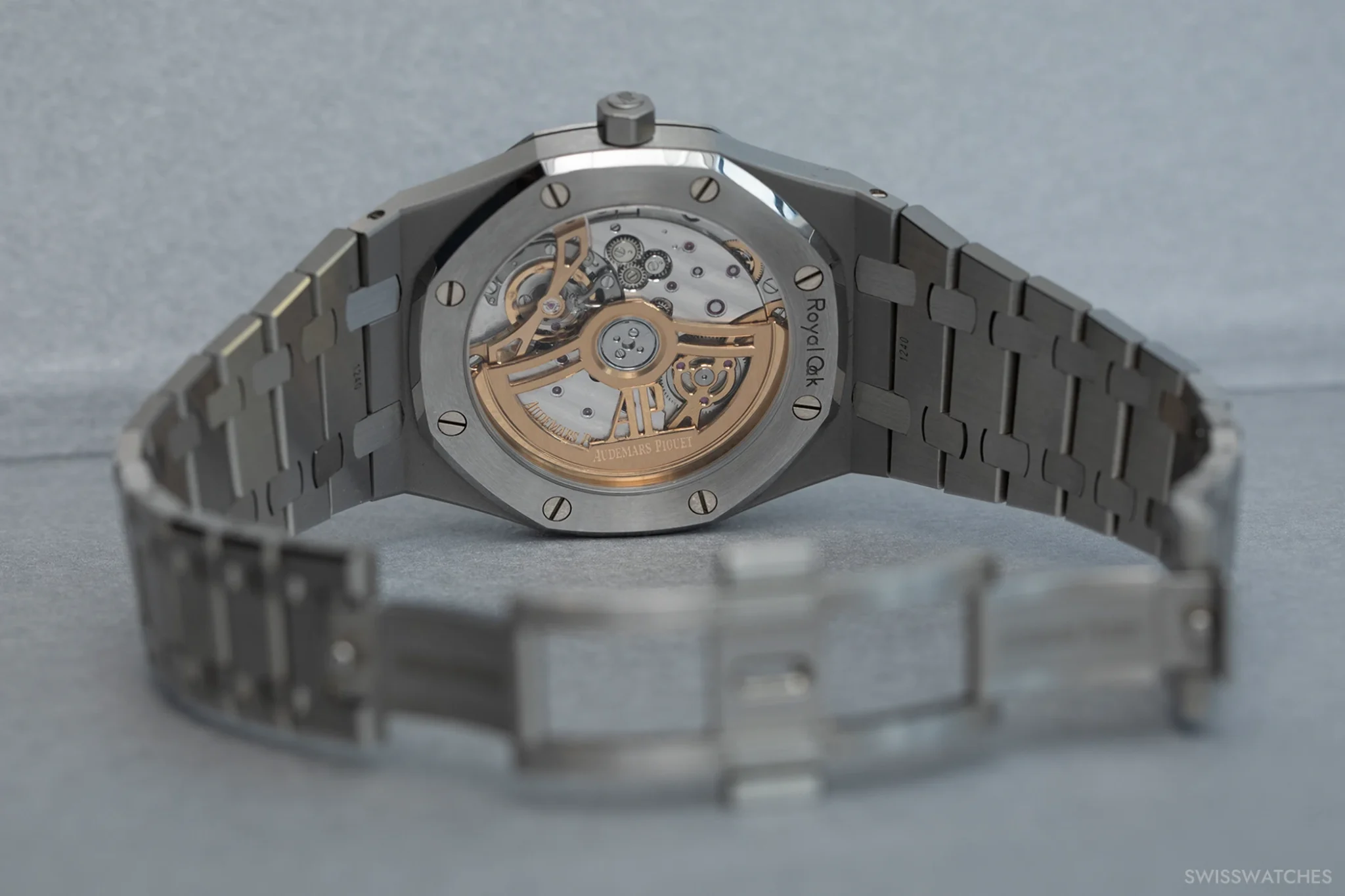

Audemars Piguet is charging 35,600 euros for the latest version of its icon, slightly more than the 34,700 euros for a new 222. With a ‘Jumbo’, the buyer acquires a timepiece whose recognition value is likely to be unrivalled. Even a layman can recognise the Royal Oak bracelet from hundreds of metres away. The composition of larger, rectangular links connected by two smaller pins and the mixture of brushed and polished steel is an absolute eye-catcher. It’s as impossible to look past here as a disco ball, except that the ‘Jumbo’ is much more tasteful. The bracelet only forms the frame for the equally iconic octagonal case with its eight flanks and screw-fixed bezel, as well as the petite tapisserie dial. The result is a 39 mm timepiece that is much larger than the sum of its parts – and feels that way on the wrist thanks to the lugs.
The ‘Jumbo’ was introduced in this form in 2022, replacing the reference 15202ST, which had been the most popular reference in the entire collection for 22 years, to mark the 50th anniversary of Royal Oak. The dimensions of the case have not changed with the new reference; it is still 8.1 mm high. However, the 16202ST is powered by the new calibre 7121, now with a frequency of 28,800 vibrations per hour – just like the 222 – and a significantly improved power reserve of 55 hours. The midnight blue dial, in turn, is a reference to the original ‘Jumbo’, reference 5402ST from 1972.
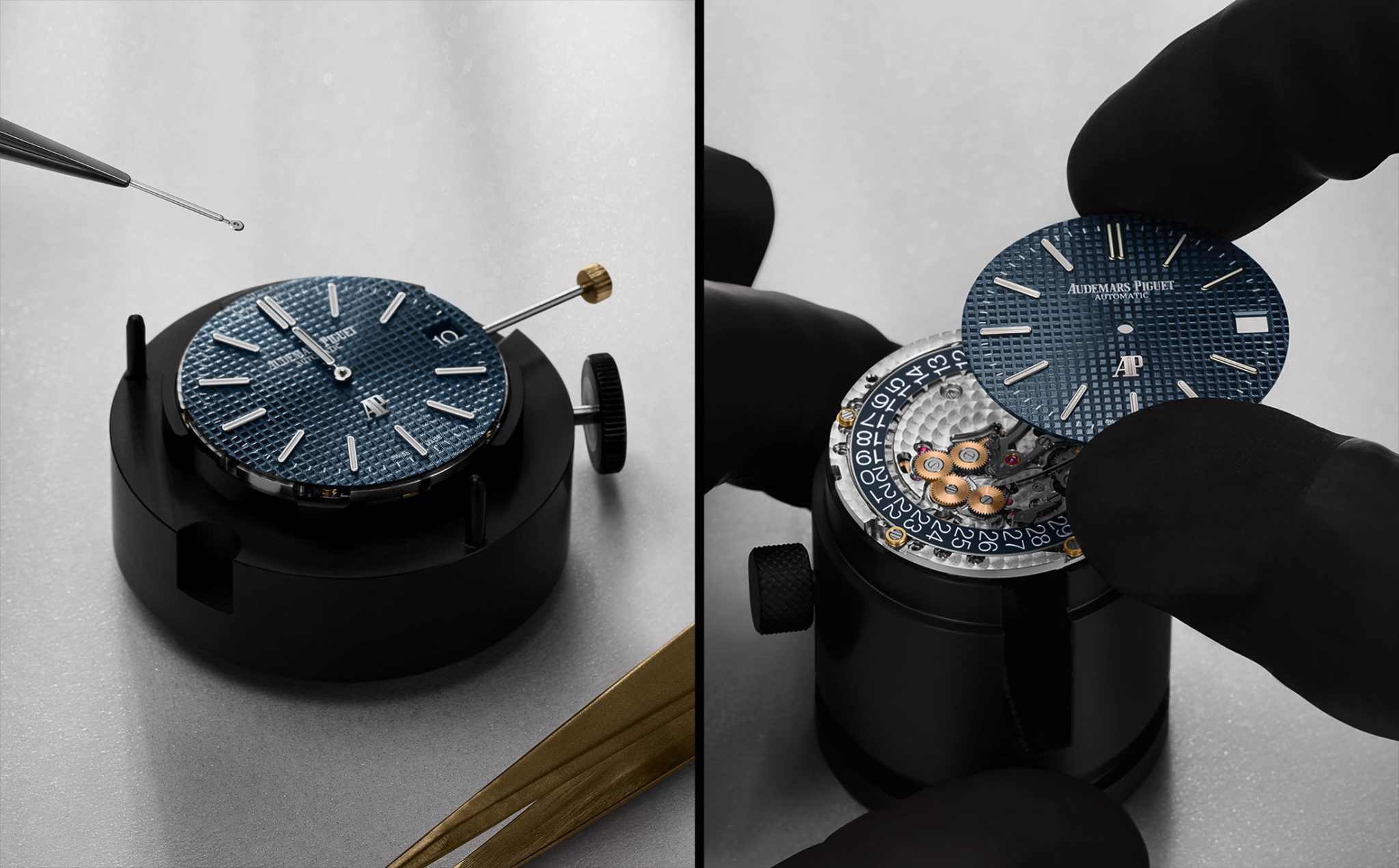
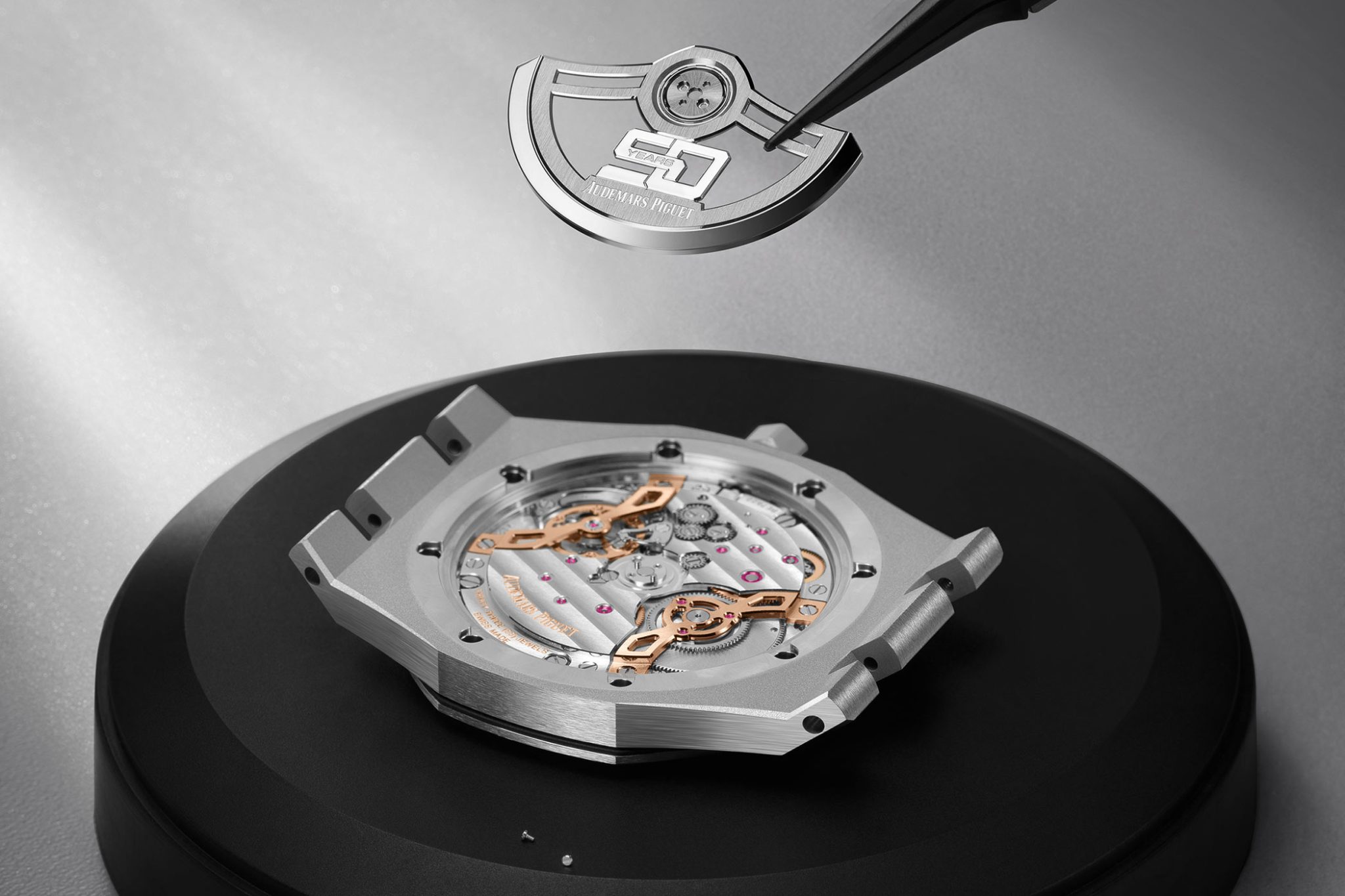
As the 16202ST presents itself today, it is the epitome of a ‘trophy watch’ for many collectors. A design classic with the highest status factor, Audemars Piguet makes no secret of the fact that only customers with a certain purchase history are eligible to own such a watch. This is no different for the other two brands presented here, but Le Brassus communicates it a little more openly. This may not do full justice to the elegance of the ‘Jumbo’, but at the same time it fits in with the spirit of the times: today more than ever, those that seem unaffordable are particularly coveted.

Patek Philippe Nautilus 5711/1A
Which brings us to the steel Nautilus 5711; not only is it exclusive, but it also stands out in this story because it has no longer been a part of the Patek Philippe collection since 2021. So why is it appearing here today anyway?
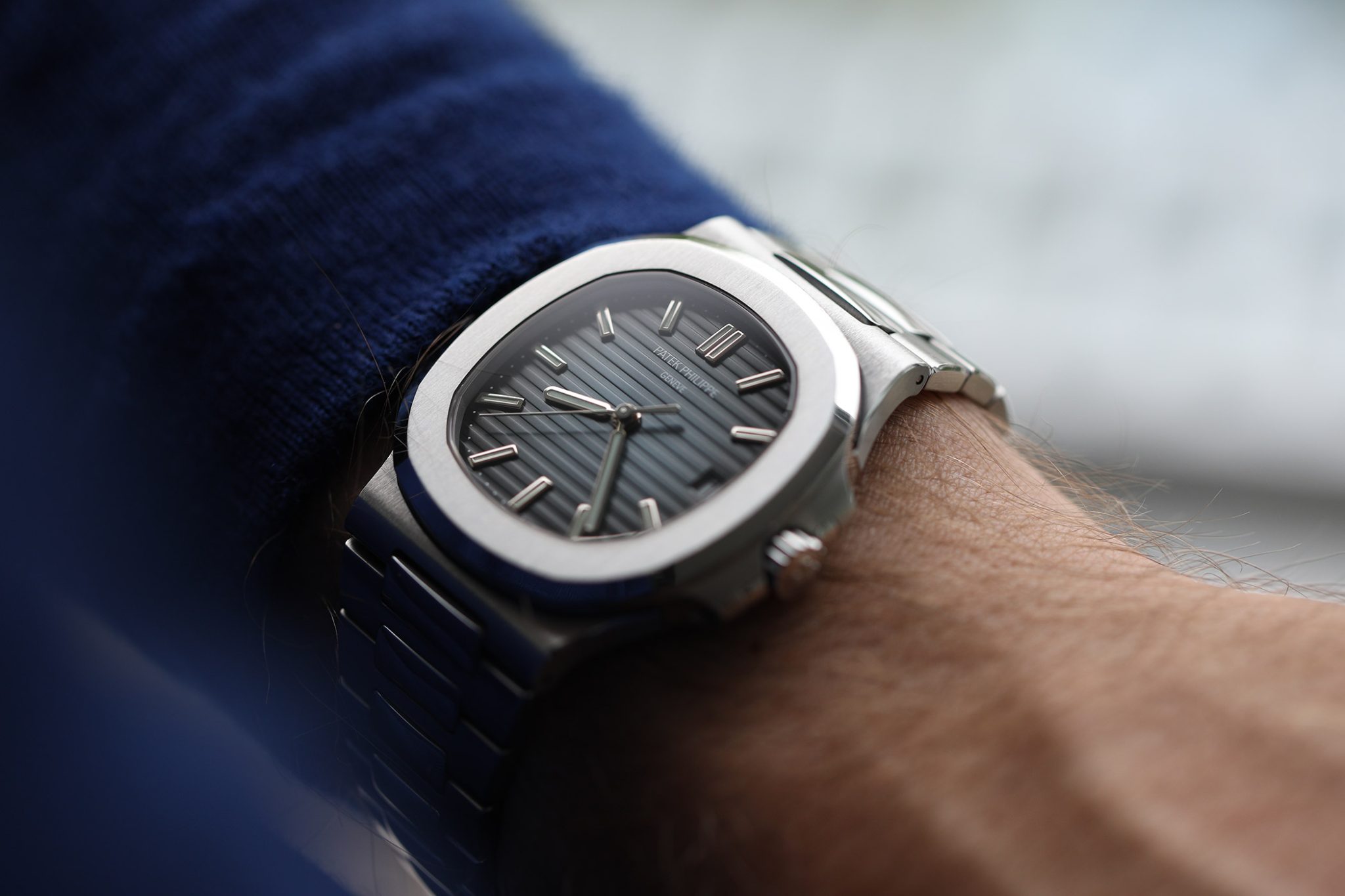
Firstly, because the steel Nautilus has shaped this segment alongside with the Royal Oak. Secondly, because Patek Philippe benefited greatly from its legendary status, but never focused on the Nautilus to the same extent that Audemars Piguet focused on the Royal Oak. Thirdly, because its design once again plays in a slightly different segment of luxury sports watches: since the Nautilus launch in 1976, it has stood out with its soft, elegant shape; where the Royal Oak is angular, the Nautilus has curves. Fourthly, because fans of the 5711 are still hoping that Thierry Stern will present its steel successor at some point after the debut of the white-gold successor 5811 in 2022 – after all, Vacheron Constantin did pretty much the same thing with the yellow-gold 222. And fifthly, because – as mentioned at the beginning – in this segment, it is a collection of appetizing little things that ultimately make the difference for collectors, and although the author of these lines respects and covets all three watches shown here, he has to admit that for him, the 5711 is still the most desirable luxury steel watch in the world.
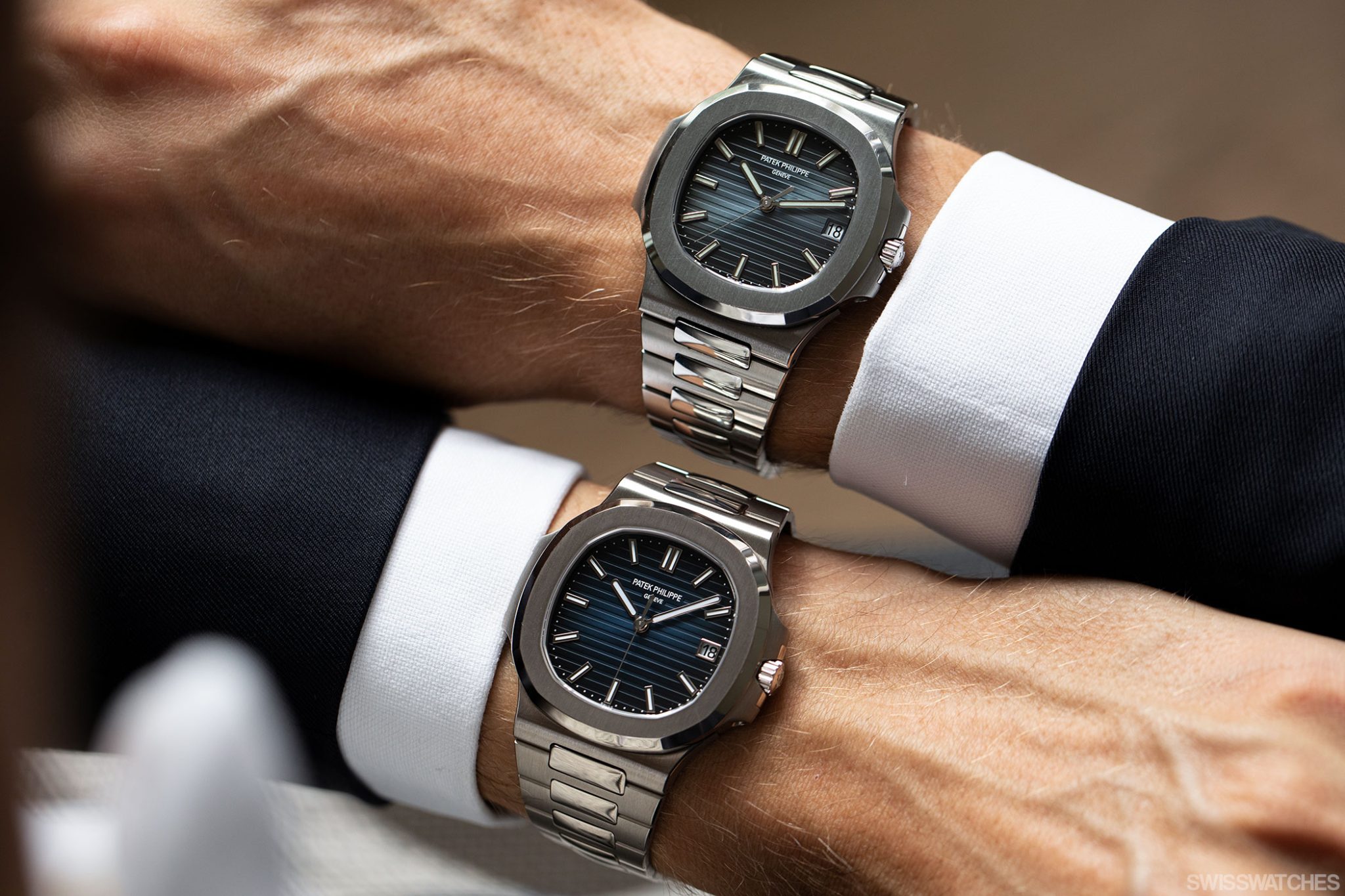
With its slim silhouette, the Nautilus is a watch that suits pretty much every occasion and outfit, whether it is worn under the cuff at a board meeting in London or with swim shorts at a beach club in the south of France.
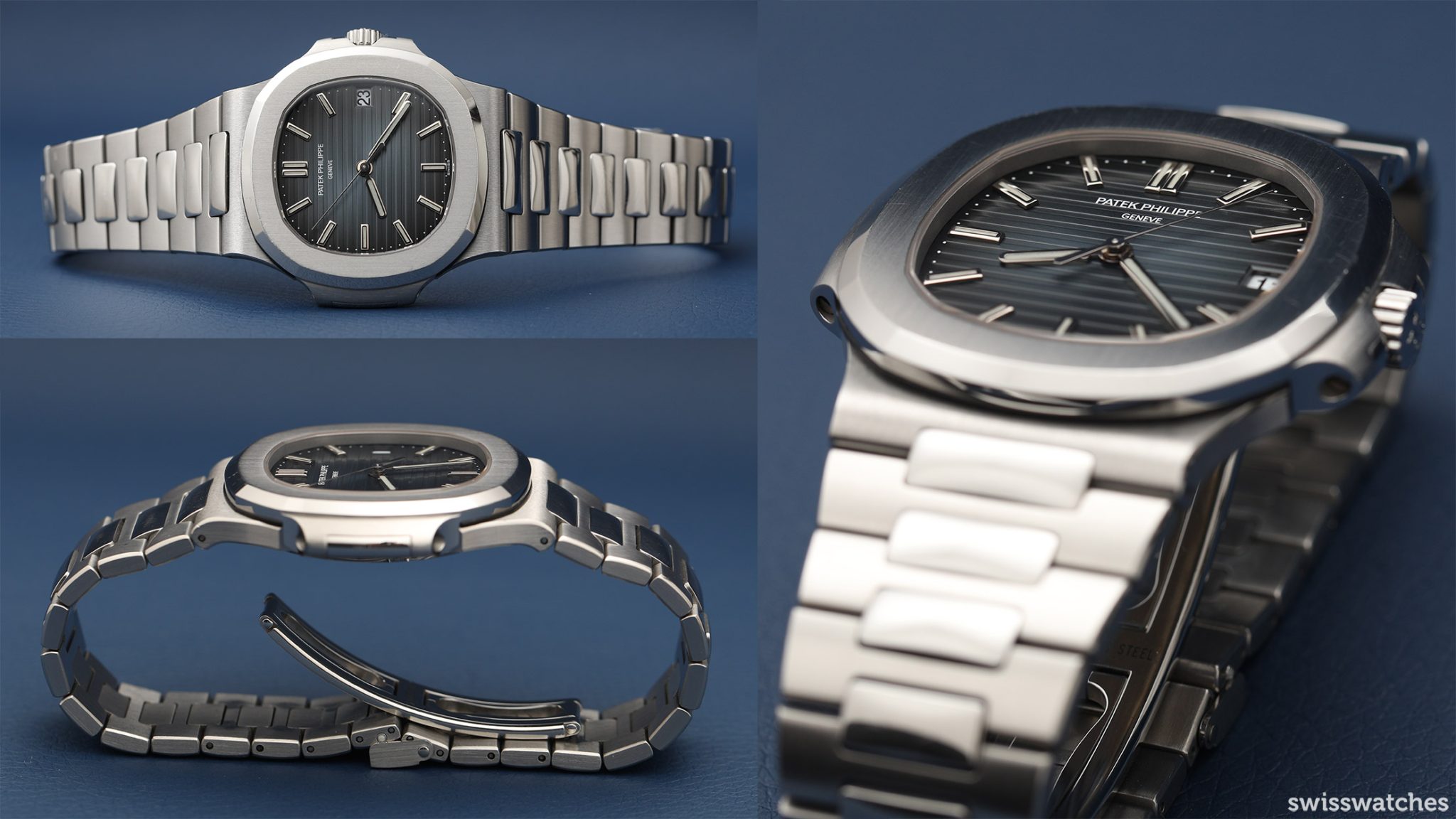
The Nautilus has been continuously improved over the decades, but a well-preserved original Nautilus reference 3700 is still very close in feel and appearance to a 5711 from 2021. It is by nature the most delicate of the three. Despite its 40 mm diameter, it is smaller than a Royal Oak or 222 – and of course much more discreet than the Cubitus reference 5821/1A, the manufacture’s new steel sports watch.
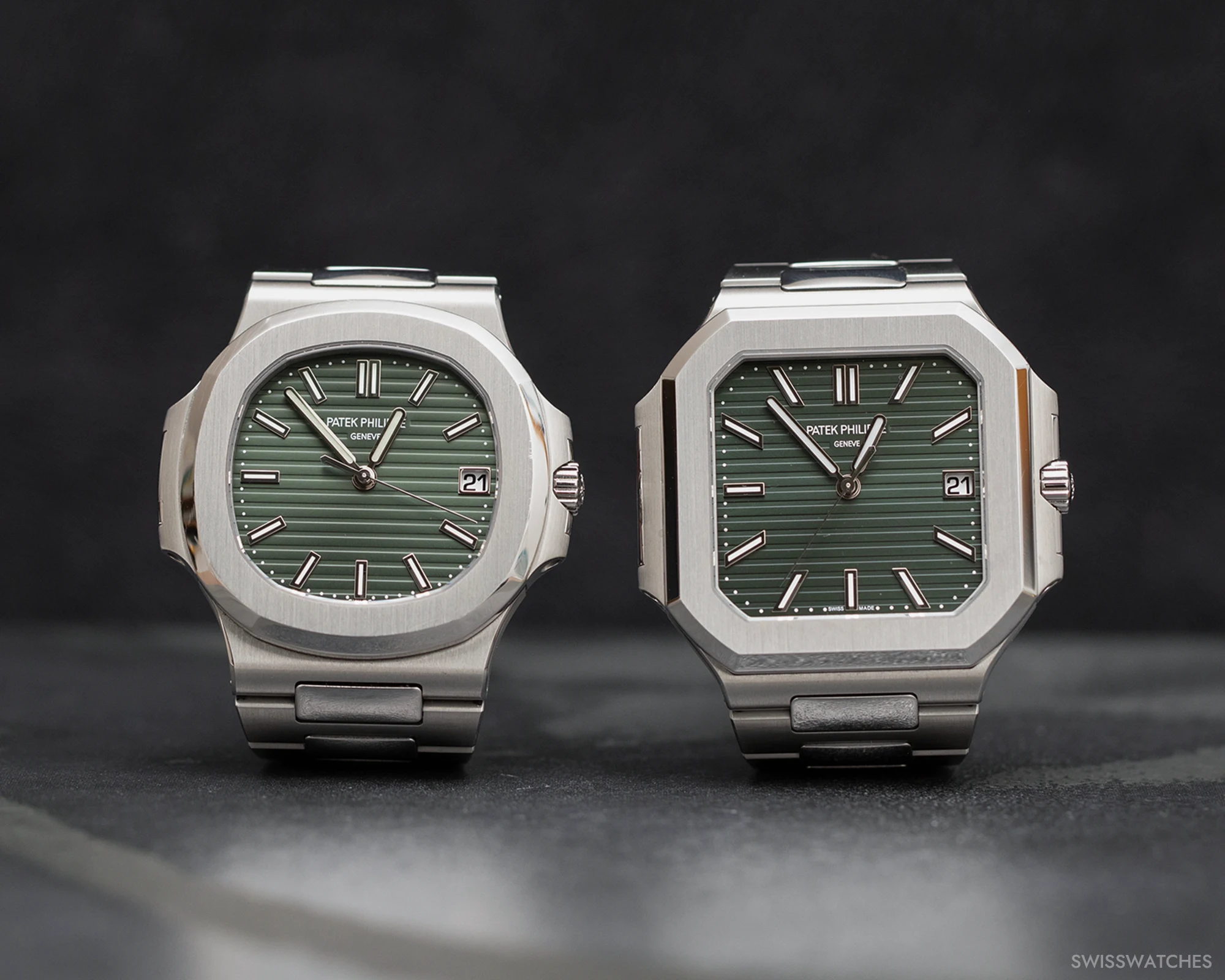
Despite all the affection for the steel 5711, the question of all questions remains: What is the Patek Philippe management’s plan for the collection? The decisions of recent years suggest that steel models will become even rarer. For image and sales reasons, a focus upon precious metals within the Nautilus, Aquanaut and Cubitus collections is entirely understandable. At the same time, the number of people who can afford gold but still prefer to wear steel is not insignificant. So, what will future Reference 5811 models look like? What are the Stern family’s plans for the Nautilus anniversary next year?
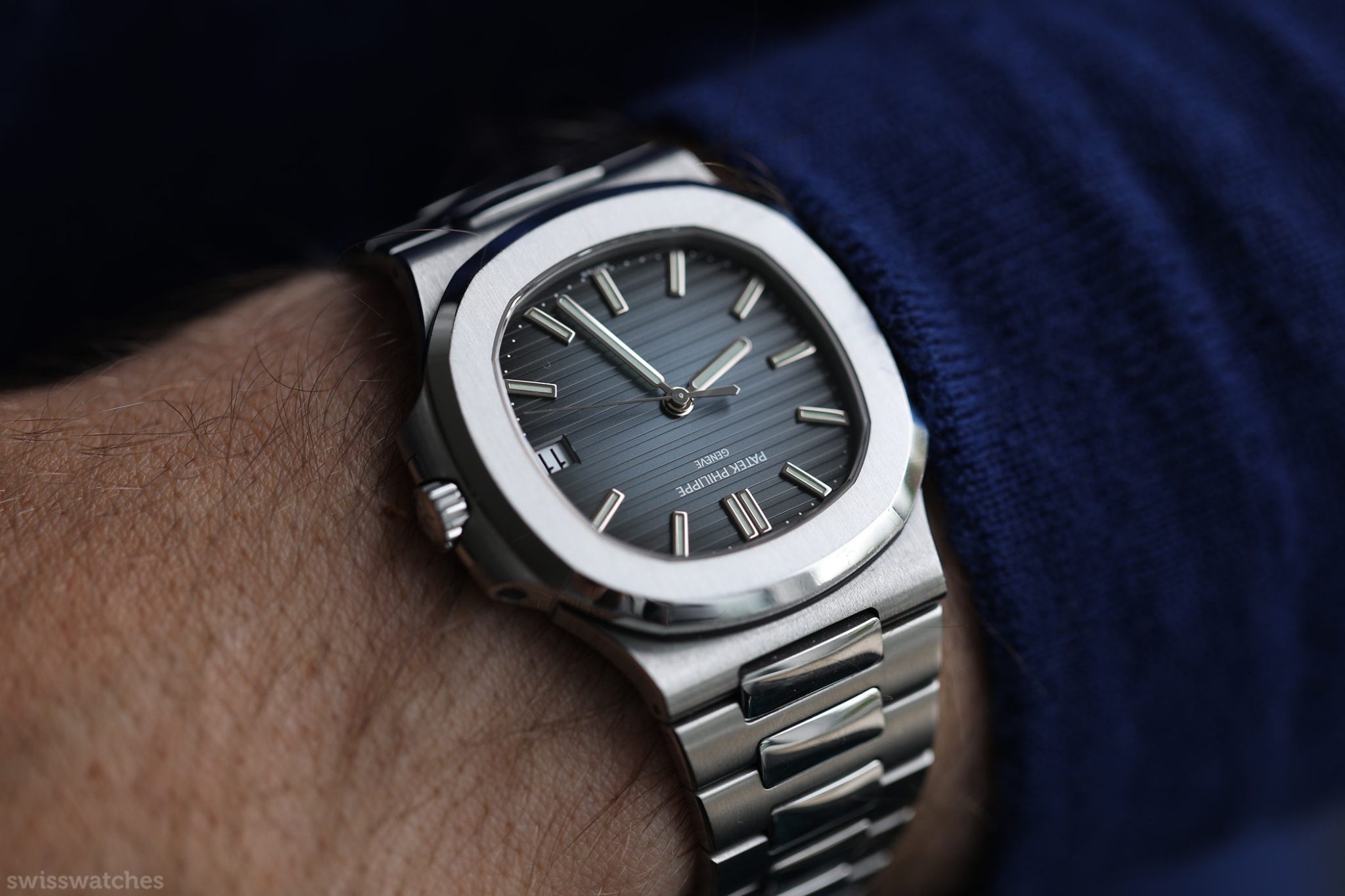
Here and now, it is important to note that steel 5711s are still only available on the secondary market for far more than the old list price of just under 30,000 euros – and the white-gold 5811 is a more than worthy successor. One shade larger, significantly heavier, but quite unique in terms of wearability.
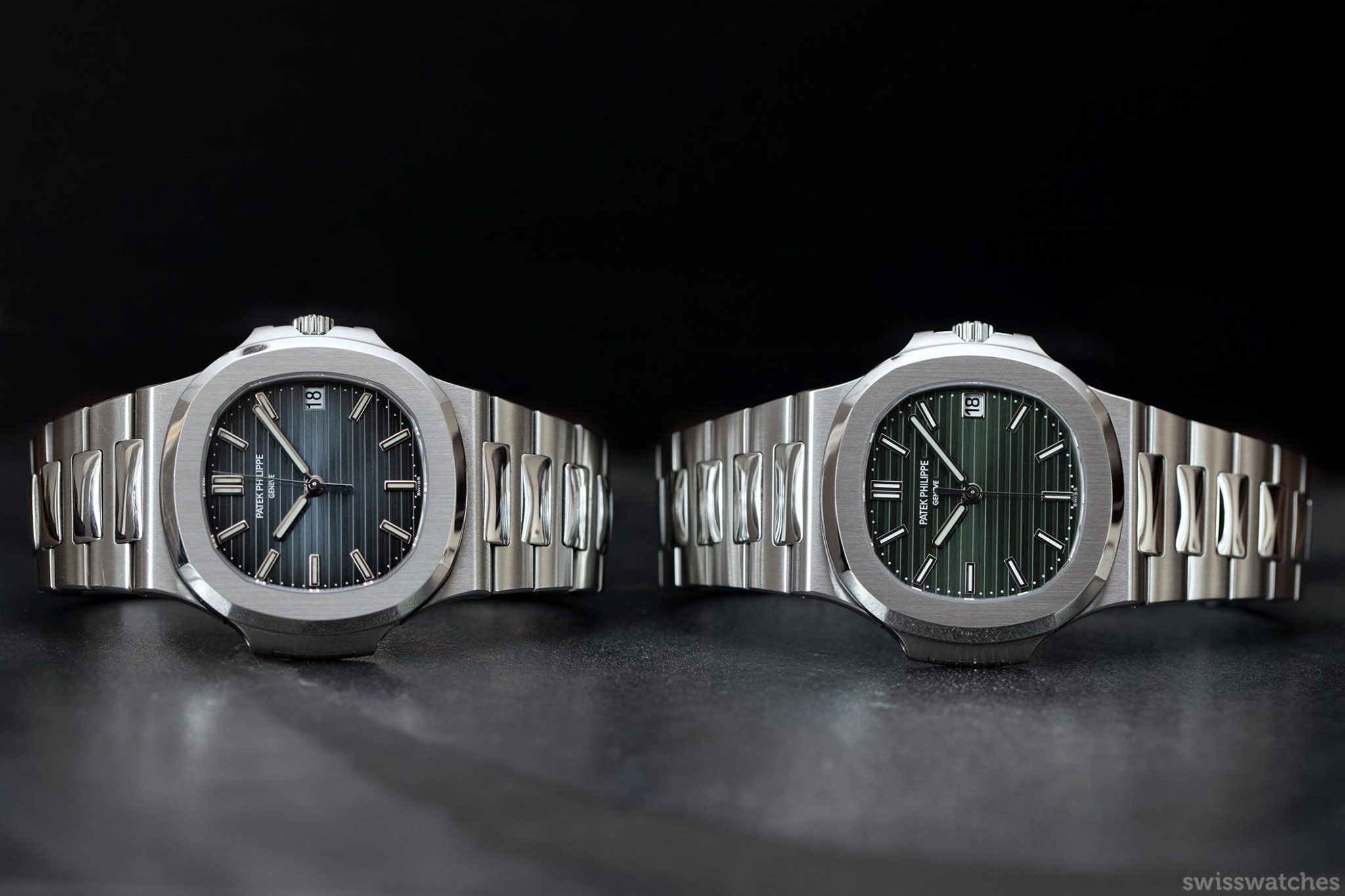
Which – if any – comes out on top?
Ultimately, there is no wrong decision in this segment – as long as you make it out of genuine enthusiasm. It is for good reason that all three models appeal to collectors with an intensity that ensures that demand is many times greater than supply. The Royal Oak is the extroverted legend, the Nautilus the grande dame of a very special sector, and the 222 Historiques a newcomer that radiates understated elegance. One model may be a little louder than the other, but the quality of workmanship is equally high, and ultimately, all three watches remind us of a special era in the watch industry: back when a conscious decision was made to build a new type of luxury watch. Away from classicism, a step towards sport, less precious metal, more nonchalance. Today, this decision seems like a no-brainer, but back then, it was visionary. The decision to buy a Royal Oak, Nautilus or 222 in the 1970s was correspondingly special. Today, on the other hand, you are just as likely to attract attention with such a watch, but not because of the particularly original choice. Rather, the new interpretations of these timepieces give us confidence, they represent style and class, and perhaps also a certain nostalgia for an era in which you could wear such a watch as a matter of course, simply without giving it much thought – simply for yourself.
